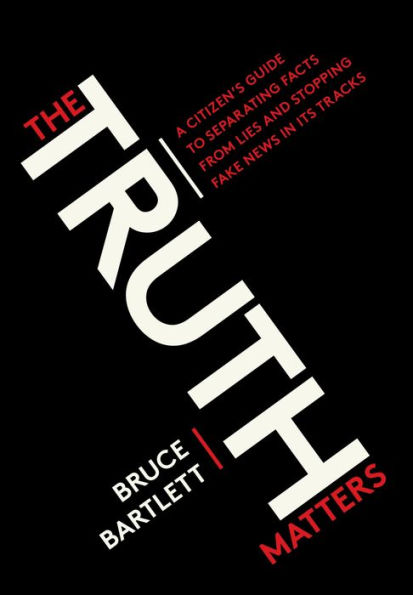5
1

The Truth Matters: A Citizen's Guide to Separating Facts from Lies and Stopping Fake News in Its Tracks
144
The Truth Matters: A Citizen's Guide to Separating Facts from Lies and Stopping Fake News in Its Tracks
144Related collections and offers
7.99
In Stock

Product Details
| ISBN-13: | 9780399581175 |
|---|---|
| Publisher: | Clarkson Potter/Ten Speed |
| Publication date: | 10/24/2017 |
| Sold by: | Random House |
| Format: | eBook |
| Pages: | 144 |
| File size: | 534 KB |
About the Author
From the B&N Reads Blog
